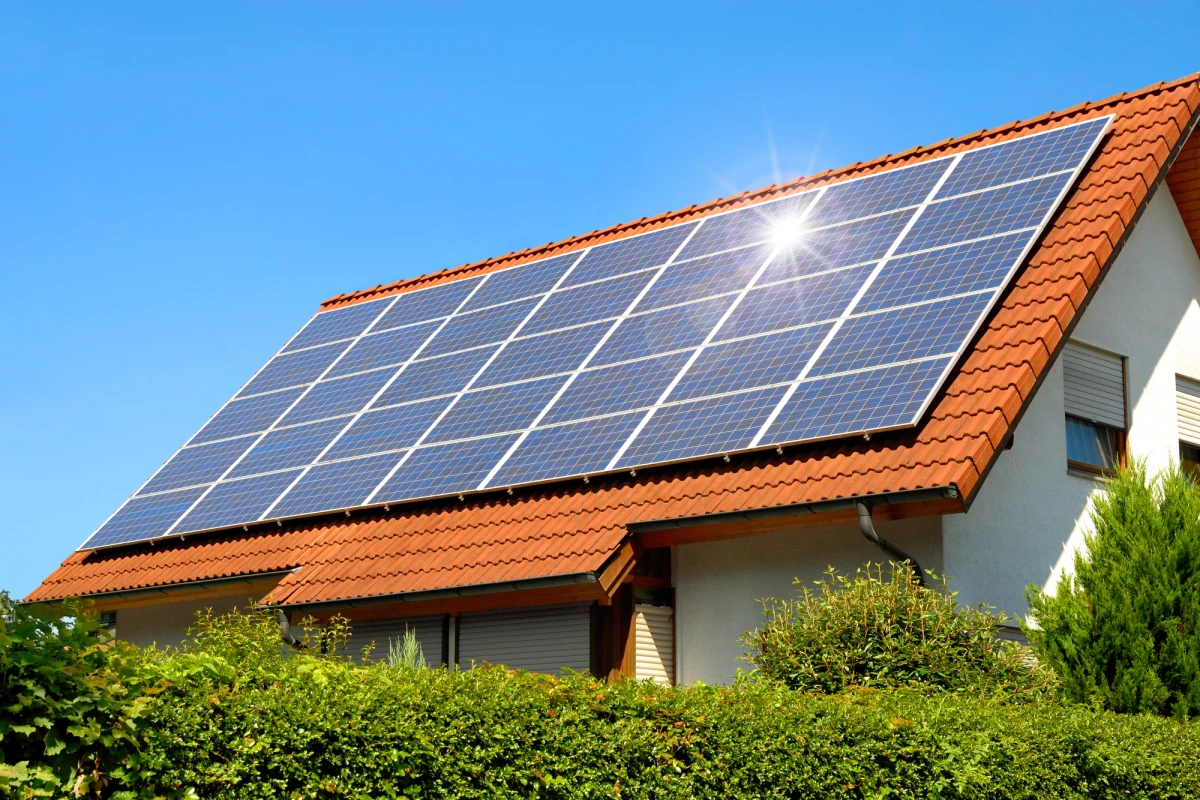Solar cells are good for the environment, but they have downsides. They’re expensive to make, and there are limited ways to recycle them. But researchers have developed a new manufacturing technique that may address both of these issues.
It’s well known that solar power is good for the environment. There are no direct greenhouse gas emissions, and sunlight is a renewable resource that is unlikely to run out any time soon.
Solar panels are comprised of solar cells, which convert light energy from the sun or artificial light directly into electricity through the photovoltaic effect. But the disadvantages to making solar panels are that the production of solar cells is very energy-heavy and there are limited ways of recycling them once they’ve reached the end of their lifespan.
Now, researchers might have a solution. A team from Australia's Macquarie University has developed an improved, time-saving solar cell fabrication process with the added benefit of making them easier to recycle.
Silicon is the most common semiconductor material used in solar cells. To make solar panels, silicon undergoes a heat treatment process called annealing, which alters its physical properties and performance. Annealing is currently done in a furnace, requiring temperatures between 1,652 and 2,012 °F (900 to 1,100 °C).
The researchers found that using microwave radiation to heat the silicon was almost as efficient as using a furnace. Microwave heating is already used in rubber, ceramic and wood industries because of its energy efficiency, speed and uniformity of heating, and economic viability.
Microwave radiation selectively heats silicon, making the annealing process faster and extremely energy efficient. In addition, microwaves can be focused and used to selectively heat sections of the solar panel, making them good for annealing newer solar panels, which employ heterojunction technology, where crystalline and amorphous silicon are interwoven.
And, unlike a furnace that accumulates chemical substances during the heating process, microwave annealing is clean.
“So, there is less contamination,” said Binesh Veettil, lead author of the study. “And the whole process can all be undertaken at room temperature.”
Through their experiments with microwave annealing, the researchers discovered an added benefit: microwaving caused the plastic coating that protects the silicon plate from moisture and contamination to soften. This means the coating can be peeled off and the plate’s components reused.
“Until now, it made economic sense to just dump the panels in the landfill,” said Veettil. “In the rare instances when they are recycled, you crush the panels, heat them to about 1,400 °C [2,552 °F] and wash them with chemicals to remove the plastic – a highly energy-demanding process.”
The researchers intend to undertake further research to optimize the production process.
The study was published in the journal Applied Physics Letters.
Source: Macquarie University





